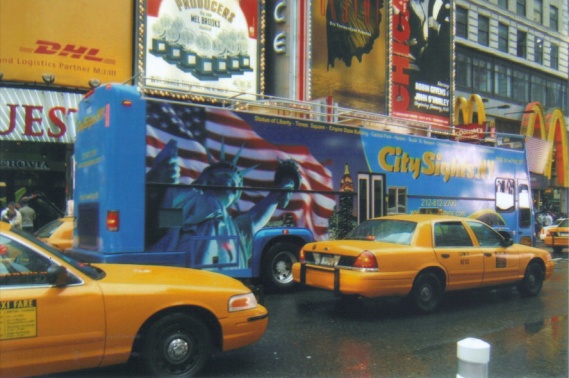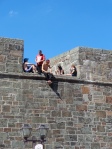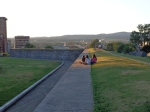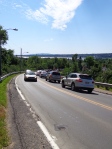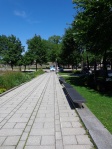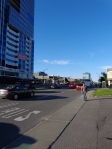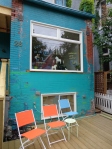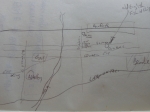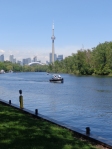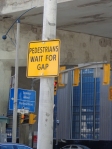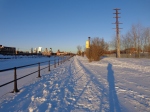Montreal is transformed by the seasons. Summer in Montreal is hot and humid and the behaviour of Montrealers follows suit – bars and terrasses overflow with people, festivals bring crowds to the streets and public spaces – parks and plazas – brim with locals and tourists, enjoying the sun and each other’s’ company.
This is the Montreal I rave about to my friends abroad; the Montreal I tell them they must experience. However, last winter I had two good friends come visit during in the winter months. The Montreal they saw was vastly different from the Montreal of May to October.
Lately, I have been thinking a lot about public spaces in Montreal during the winter. Large plazas, like Place-des-Arts and Place Jacques-Cartier, vibrant in the warmer months, are virtually abandoned when the cold hits. Understandably, no one enjoys sitting outside, without shelter, in the snow and below zero temperatures. But, is there something we can do to make these spaces more vibrant and better-occupied in the winter?
Exploring Montreal with my visiting friends me realize just how empty outdoor spaces become in the winter. While Montreal is not overwhelmingly dense, it is one of the most densely populated cities on North America (after Toronto, San Francisco, Chicago, Honolulu, LA and New York).
Regardless, my friend who had been living in New York prior to visiting Montreal asked me “are the streets always this quiet?” It was true. As we walked through Old Montreal, downtown and the Plateau-Mont-Royal, we were often unaccompanied.
Granted, Montreal is not New York (as all my New York friends make clear). However, there are people in Montreal; they are just very good at taking shelter from the cold. They dive into the underground city, spend time catching up with friends in cafés and bars, and simply stay in. The Underground City offers access to jobs and schools (three of Montreal’s four universities are connected to the metro) as well as restaurants and shopping. This realm has public spaces with fountains, benches, restaurants and cafés – and it is all heated. Shopping malls and centers abound in Montreal – sometimes they are even called “plazas”.
Montrealers are also proud of their winters and their ability to tough them out. There are outdoor activities – skating rinks, cross-country skiing and snowshoeing on Mt-Royal, and festivals, like Igloofest. This outdoor rave brings folks, often dressed in ski gear, to dance to electronic music and drink warm alcoholic concoctions. However, beyond these events that successfully draw Montrealers into the streets, the public realm remains tranquil, a sharp contrast from the vibrant summer streets.
Can we transform public spaces to be more enjoyable in the colder months? I recently stumbled upon the WinterCities Institute. Although it seems inactive for the time-being, it was attempting to propose urban design solutions for colder climates. Ideas include heat lamps outside of bars and restaurants, plastic coated benches, trees and arcades to cut the wind, south-facing, colourful building façades, and restaurants that provide blankets to clients who wish to sit outdoors.
I had the opportunity to visit Copenhagen and Stockholm in December 2009. Although it was chilly and days were short, I saw a lot of street life (Granted, both cities are more densely populated than Montreal and have more pedestrian-friendly environments). They use festive lights and brightly coloured buildings to brighten the streetscape; street food was abound, with warm sugar-coated almonds (yum!); cafés offered blankets to their clients wishing to sit outside; and there was street entertainment, like choirs, every day.




Montreal does have some of this: there are Christmas lights on main boulevards and Ste-Catherine crawls with people, regardless of the weather. Street food is not allowed in Montreal – perhaps this could add some more warmth to public life. Regardless, weather transforms the public realm. Whereas Montrealers cover the streets, parks and squares in the summer, the often unmediated cold prompts them to take shelter in the winter. This has a visible effect on public life.

